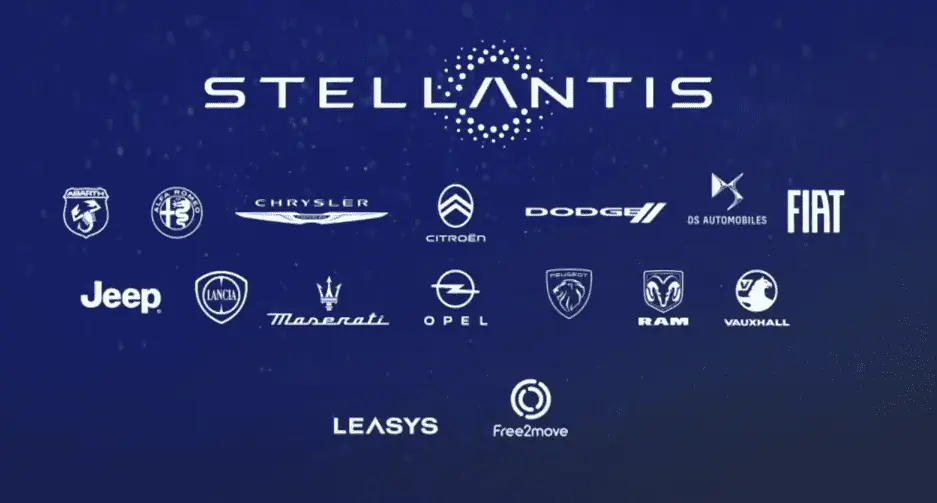Multinational automaker Stellantis and French nuclear fuels company Orano officially signed a Memorandum of Understanding (MoU) for a new joint venture for used electric vehicle battery recycling.
Partnership details
According to the press release published on Tuesday, Stellantis and Orano’s JV will recycle retired EV batteries and scrap from various gigafactories in Enlarged Europe and North America.
The newly founded commercial recycling entity is expected to manufacture necessary materials named “black mass” or “active mass.”
Orano’s upcoming hydrometallurgical factory in Dunkirk, France, will refine these materials to make them reusable for EV batteries. In effect, this process closes the circular economy loop.
“The United Nations’ Sustainable Development Goals has confirmed the need to find solutions like this one with Orano to meet the challenge of natural resource scarcity and sustainability.
Guided by our Dare Forward 2030 strategic plan, Stellantis is committed to shifting its production and consumption model by fulfilling its circular economy commitment.”
Stellantis Senior Vice President, Circular Economy Business Unit Alison Jones
Orano’s role
Orano will leverage its groundbreaking low-carbon technology to extract all the critical minerals from li-ion batteries and produce new cathode materials.
As mentioned, Orano’s hydrometallurgical facility will oversee the refinement of “black mass” or “active mass,” essential for reusing these materials.
Orano’s pre-treatment method and advanced hydrometallurgy technology raise the metal recovery rates beyond 90%.
In effect, it allows automakers to achieve the mandated recycling rate levels into EV batteries and establish a sustainable business model.
“We are delighted with this partnership with a major player such as Stellantis to work together in the recycling of used electric batteries. We are proud to bring our expertise and know-how with our innovative and disruptive process which allows a real closed loop. Orano continues its commitment to developing a low-carbon economy with the recycling of strategic materials for the energy transition and the circular economy.”
Orano Group Director of Innovation, R&D and Nuclear Medicine, Magnets and Batteries Guillaume Dureau
Significance
The new joint venture will enable Stellantis to secure a supply of critical minerals like cobalt, nickel, and lithium for electric vehicle battery production.
On the other hand, Orano can also benefit from the joint venture by expanding the reach of its innovative hydrometallurgy technology and expertise in recycling batteries. It will also aid the company in achieving its goal of contributing to establishing a low-carbon economy.
In addition, the new JV will also aid Stellantis’ partners, after-sales network, and other automakers in disposing of their used batteries and scrap from gigafactories.
Production will reportedly commence in H1 2026 on Stellantis’ existing facilities. The automaker’s Circular Economy Business Unit also aims to boost recycling revenues by tenfold and reach €2 billion+ total circular economy revenues by 2030.
Notably, Stellantis is progressing well in achieving carbon neutrality across its operations by 2038.






